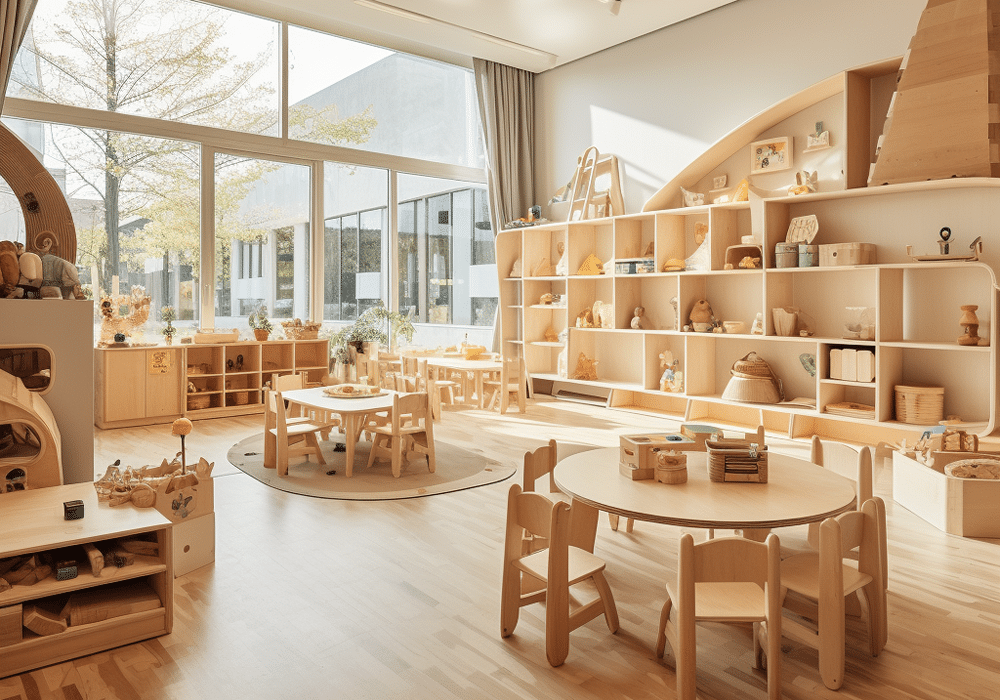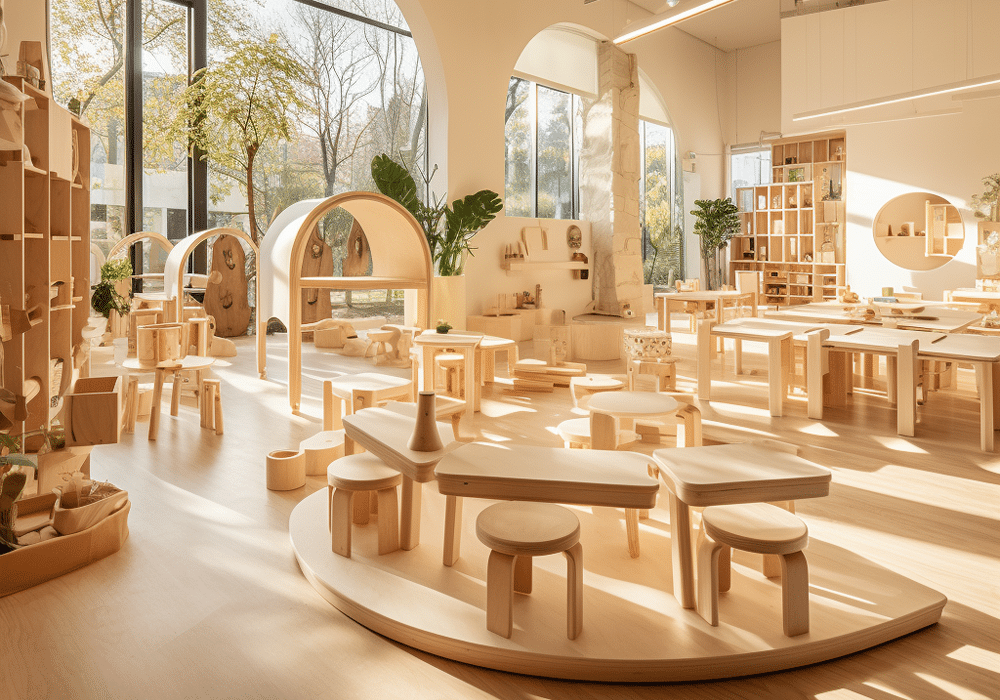Have you ever wondered how Montessori classroom furniture has evolved over the years? Join us on a journey through time as we explore the fascinating history and transformation of Montessori classroom furniture, from its humble beginnings to its modern-day innovations.
The Evolution of Montessori Classroom Furniture is a story of adaptability, purpose-driven design, and a commitment to nurturing the development of young minds. Over the years, Montessori classroom furniture has undergone significant changes, all aimed at better serving the unique needs of Montessori education.
Montessori Classroom Furniture: A Brief Introduction
Before we dive into the evolution, let’s first understand the basics of Montessori classroom furniture. The Montessori approach to education emphasizes independence, freedom within limits, and hands-on learning. The furniture in a Montessori classroom plays a crucial role in facilitating these principles. It is designed to be child-sized, allowing students to easily access and use the furniture independently. Each piece serves a specific purpose, promoting engagement, concentration, and self-directed learning.
Montessori Classroom Furniture: Then and Now
When Maria Montessori first developed her innovative educational approach in the early 1900s, she emphasized the importance of creating an environment that promotes independence, exploration, and hands-on learning. The furniture in these early Montessori classrooms reflected this philosophy, with child-sized tables and chairs that allowed students to work independently and collaborate with their peers.
Fast forward to the modern Montessori classroom, and you’ll find an array of furniture designed to facilitate a wide range of activities. From adjustable tables and chairs to specialized storage units, the furniture in today’s Montessori classrooms is a testament to the evolution of educational practices and the understanding of child development.

The Early Days: Simple and Functional
In the early days of Montessori education, the focus was on creating a simple and functional learning environment. The furniture consisted of basic wooden tables and chairs, designed to accommodate the needs of young children. The emphasis was on providing a comfortable and supportive space for students to engage in various Montessori activities. While the designs were straightforward, they laid the foundation for the future evolution of Montessori classroom furniture.
The Rise of Ergonomics: Comfort and Posture
As the understanding of child development and ergonomics grew, so did the focus on creating furniture that promotes comfort and proper posture. Ergonomic design principles were applied to Montessori furniture, ensuring that each piece supports the natural alignment of a child’s body. Adjustable chairs and tables became common, allowing students to find the most comfortable and suitable position for their individual needs. This shift in design not only enhanced the physical well-being of students but also contributed to their overall learning experience.
Flexible and Collaborative Spaces: Adapting to Changing Needs
As education methodologies evolved, so did the requirements for classroom furniture. Montessori classrooms started to incorporate more flexible and collaborative spaces, enabling students to work together on projects and engage in group activities. Furniture designs began to reflect this shift, with the introduction of modular pieces that could be easily rearranged to create various learning configurations. This adaptability allowed for a dynamic and interactive classroom environment, fostering collaboration and social interaction among students.

Technology Integration: Blending the Old with the New
In today’s digital age, technology has become an integral part of education. Montessori classrooms have embraced this change by integrating technology-friendly furniture into their spaces. Adjustable desks with built-in charging stations, ergonomic computer chairs, and interactive whiteboards have become common features in modern Montessori classrooms. These advancements in furniture design not only enhance the learning experience but also prepare students for the digital world they will navigate in the future.
Sustainability and Eco-Friendly Designs: A Responsible Approach
In recent years, there has been a growing emphasis on sustainability and eco-friendly practices in all aspects of life, including education. Montessori classrooms are no exception. Furniture manufacturers have responded to this demand by creating sustainable and eco-friendly designs. Materials such as bamboo, recycled plastic, and reclaimed wood are being used to construct furniture that is not only durable and functional but also environmentally responsible. This shift towards sustainable designs aligns with the Montessori philosophy of fostering a deep respect for the natural world.
The Future of Montessori Classroom Furniture: Innovations Ahead
As we look to the future, the evolution of Montessori classroom furniture shows no signs of slowing down. With advancements in technology, the integration of smart furniture and interactive learning tools is likely to become more prevalent. We can also expect further innovations in modular furniture, allowing for even greater flexibility and adaptability in Montessori learning spaces. Additionally, the focus on sustainability and eco-friendly designs will continue to shape the furniture industry, ensuring that Montessori classrooms remain environmentally responsible and forward-thinking.

Conclusion
The evolution of Montessori classroom furniture has been a remarkable journey of innovation and functionality. From simple and functional designs to ergonomic furniture, flexible and collaborative spaces, technology integration, sustainable materials, and future advancements, Montessori classrooms have embraced the changing needs of education.













